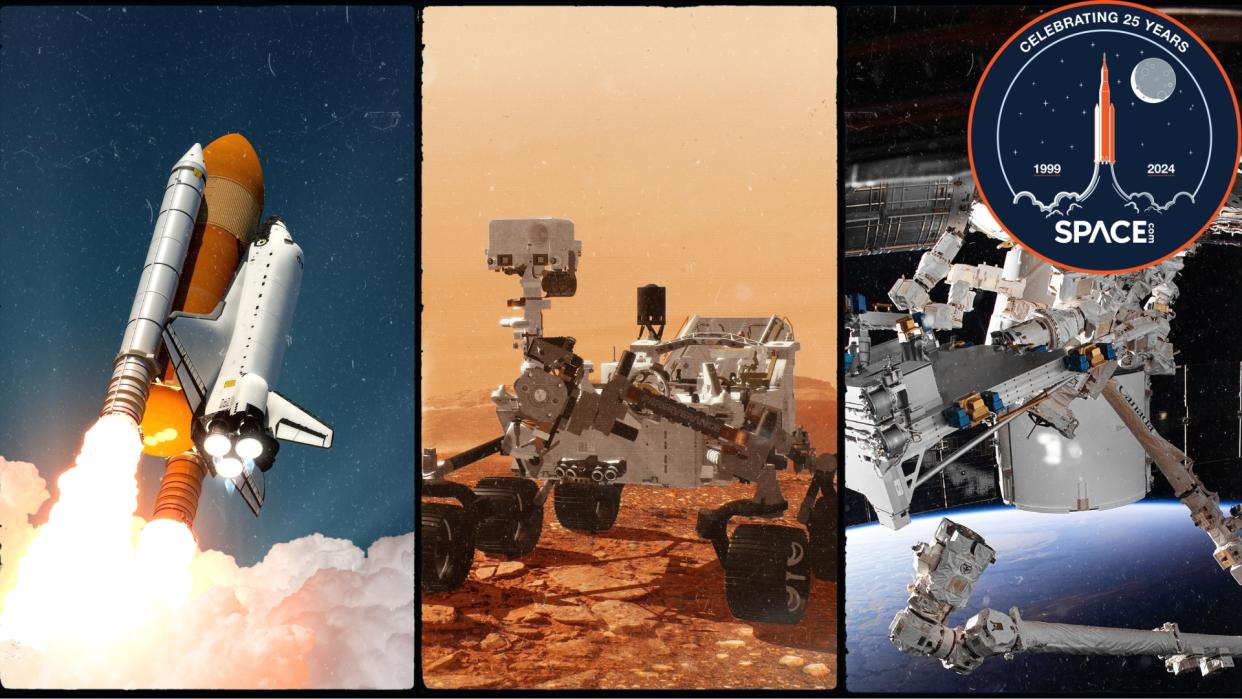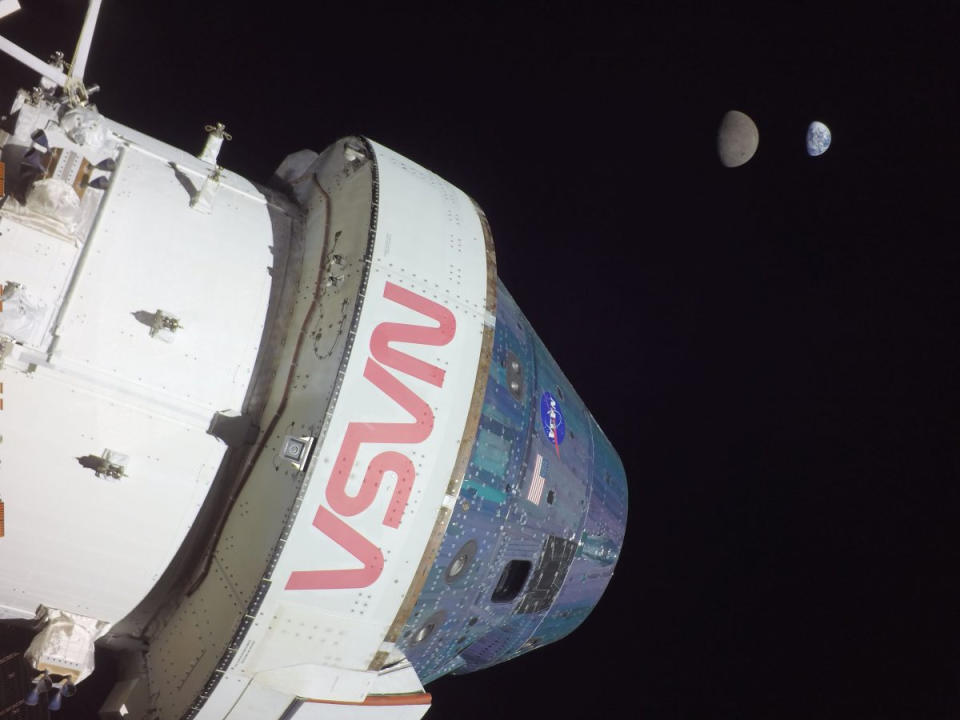Thank you for 25 amazing years of Space.com: A letter from the editor

What a difference a few years can make, and yet how frustrating they can be at the same time.
This week, as NASA celebrates the 55th anniversary of the Apollo 11 moon landing on July 20, we here at Space.com will mark a milestone of our own: It's our 25th birthday!
To celebrate, we're bringing you a series of retrospective features this week to see how the last 25 years have transformed space exploration, astronomy, and more. And please join us on July 17 for our virtual panel "The Next 25 Years of Space Exploration - To the Moon, Mars and Beyond," where we'll discuss what awaits us all in space. We hope you enjoy them.
See more 25th anniversary features:
Check out a list of Space.com's special 25th anniversary week stories in our hub linked here!
A lot has certainly happened in space (and on Earth) over the past quarter century. In 1999, we had a single reusable spacecraft type — NASA's space shuttle — and today we have more, like SpaceX's Falcon 9 rockets (currently grounded after a 2nd-stage failure last week, but they'll likely bounce back), Blue Origin's New Shepard, Virgin Galactic's SpaceShipTwo and Boeing's Starliner. In fact, Virgin Galactic has already flown its last SpaceShipTwo Unity to make way for a new Delta-class that can fly to suborbital space more often starting around 2026 and Sierra Nevada's Dream Chaser space plane is soon to fly.
And even since our 20th anniversary in 2019 there've been other advances. NASA's James Webb Space Telescope, once a boondoggle of delays and cost overruns that narrowly avoided cancellation, not only launched into space in 2021 but has thrived, revealing a deeper look at the universe than ever before. (Did you see its latest Penguin photo last week? It's adorable.) That same year, NASA landed a second nuclear car on Mars — the Perseverance rover — which has collected what may be the first Mars samples the agency returns to Earth (eventually).
Here's 3 Free Posters for NASA's Apollo 11 Anniversary (and Space.com, Too!)
China also started its own Tiangong space station in 2021, creating a second crewed outpost in orbit after the International Space Station. There's a bit of symmetry there for Space.com. When we first launched in 1999, there were two space stations, too: a nascent ISS with just two modules (Zarya and Unity); and Russia's Mir Space Station, which was deorbited two years later in March 2001. And like then, one of today's two space stations is nearing the end of its life — the ISS is due to be deorbited sometime in the 2030s as NASA looks ahead to commercial space stations from Sierra Nevada, Vast and others.
But I really thought we'd be back on the moon by now.

Five years ago, NASA's plan aimed to return astronauts to the moon by 2024. That's now, and yet. The agency's Artemis program now hopes to land its first astronauts at the moon's south pole no earlier than 2026, at least, and that's if the current schedule and funding holds. Those delays have been frustrating for sure, and there is still uncertainty ahead because (and forgive me for being a bit political for a minute) we in the U.S. are in the middle of a presidential election that, depending on who wins, can potentially lead to changes in national (and NASA) priorities.
Yet despite the delays, it does feel that a return to the moon is finally a matter of "when," and not the "if" it has been for decades. NASA's new megarocket, the Space Launch System, finally sent an uncrewed Orion spacecraft to the moon in 2022. And SpaceX's own ginormous Starship, which NASA's picked to actually land Artemis astronauts on the moon, has flown four test flights with more to come.
I watched that first Starship test launch in April 2022. It was as impressive to see — Starship is the world's biggest and most powerful rocket — as it was explosive (yeah, that first one didn't make it). There's also more epic science ahead, too. Even this year, NASA's Europa Clipper will head to Jupiter to study that icy moon up close. (Fun fact: My first Space.com story was about Europa's icy buried ocean.)
So, I think there's a lot to look forward to in the years to come. And there's a lot to be thankful for, too.
I've had the pleasure to write about space for Space.com for nearly 23 years, first as an intern and ultimately as staff, and I thank my lucky stars that I've been able to share that cosmic adventure with you, dear readers. But I'm most thankful for you Space Fans out there who come to Space.com for something amazing every day. I hope we can keep providing you with the space fix you're looking for the next 25 years and beyond.
Sincerely,
Tariq Malik
Space.com Editor-in-Chief

